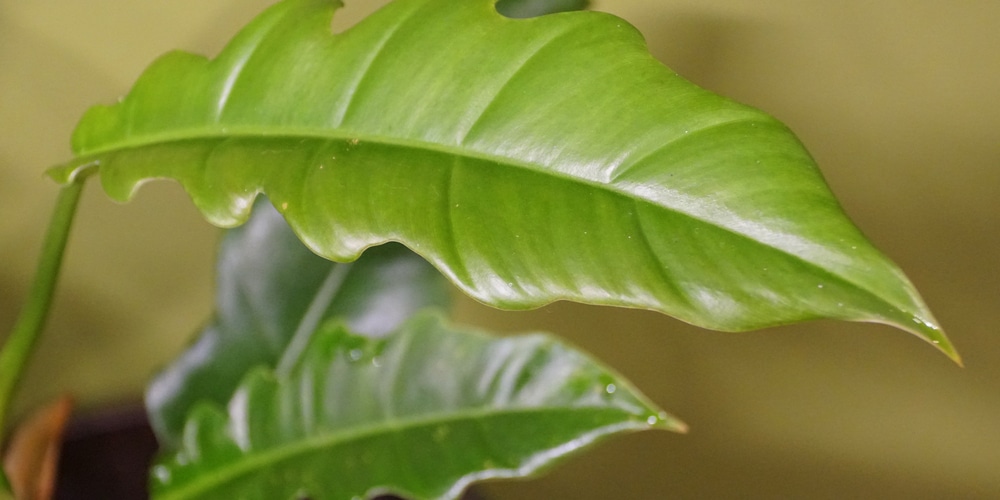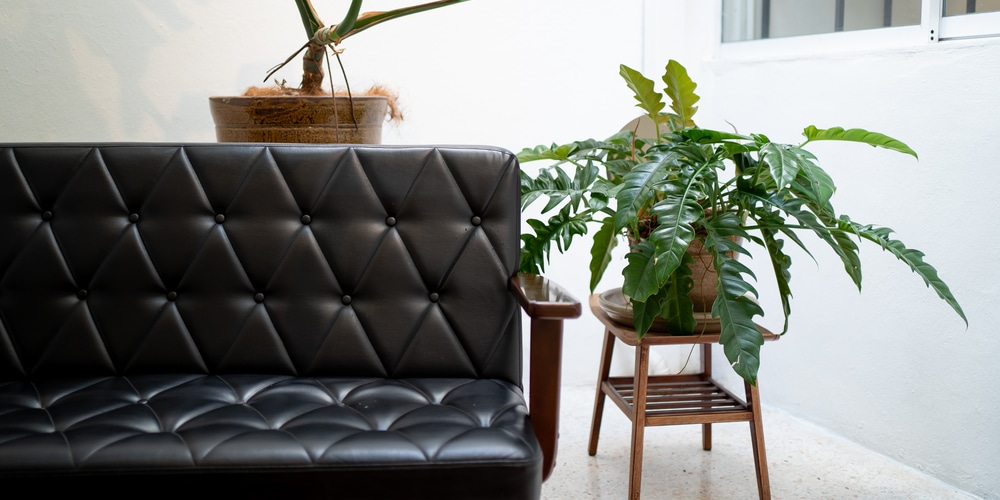Philodendrons are a large family of plants found in Central and South America and several islands of the West Indies, including Cuba and Jamaica. The philodendron jungle boogie is part of the Araceae family, which consists of over 400 species.
These plants are beautiful decorative plants, which thrive in the home or office. They are also an excellent choice for outdoor landscaping in USDA zones 9 to 11. Philodendrons are very easy to care for and maintain a healthy, vibrant appearance. Let’s look at how to grow and care for a Philodendron jungle boogie.
What is a Philodendron jungle boogie?
A Philodendron jungle boogie is a member of the Araceae family. It is part of the potho genus, which includes about 400 species. The jungle boogie is also referred to as simply “jungle Phil” or “Phil,” making it easy to understand why they are often confused with other varieties, including heartleaf philodendron, butterfly philodendron, and laceleaf philodendron.
Jungle boogie plants are characterized by their leaves growing in a rosette formation on long stems, which add height to the plant. The jungle boogie plant is a moderate grower and can be expected to reach a height of 3 feet or greater, mainly if it is planted in the ground.
Like all philodendrons, the jungle boogie is toxic to humans and animals if ingested. Keep tropical plants away from young children and pets.
How to Care for a Philodendron Jungle Boogie
Philodendron jungle boogie plants are heavy feeders, requiring regular fertilization even when placed outdoors in the ground. If you’re growing these plants indoors, consider using rainwater or distilled water to prevent accumulating too many soluble salts. Here are some tips to help you grow a thriving philodendron jungle boogie:
Soil
Philodendrons require a rich, loose potting mix that is well-drained and should be fertilized once every month or so during the warmer months with a good quality, diluted plant fertilizer. They like the soil to be slightly acidic, with a pH range of between 5.0 and 6.0. You can add some perlite, peat moss, and sand to your plant’s pot.
Watering requirements
Philodendrons should be watered thoroughly whenever the soil becomes dry to the touch. The jungle boogie loves moist but not soggy soil. Avoid overwatering your plant, but don’t allow it to dry out either. The best way to test if your plant needs water is by sticking your finger in the soil up to the first knuckle joint. If the ground feels dry or gritty, it’s time to water.
Don’t allow your plant to sit in water, or they will suffer from root rot. If possible, bottom watering by setting the pot in a dish of water is recommended.
Sunlight
The most common mistake made when philodendrons are grown indoors is not providing enough light. Philodendrons will need at least four hours of bright, indirect sunlight each day to maintain their vibrant coloration. They should never be placed in full sun as this can cause scorching of the leaves.
Placing philodendrons in locations where they receive too little light often results in spindly leaf growth, with their color turning pale and yellowing. They will not be able to flourish without bright, indirect sunlight either outside or through a window.
Humidity
Philodendrons require high levels of humidity to thrive. When growing philodendrons indoors, try placing them on trays filled with moist pebbles and periodically misting their leaves. This will mimic the natural habitat of these plants found in regions that are constantly wet throughout much of the year.
The philodendron jungle boogie needs a higher humidity percentage than most other house plants and grows best in places with constant moisture. Try placing your plant in the bathroom, as it will love the steam from the shower.
Temperature
Philodendrons are native to the tropics and prefer a warm, humid climate with temperatures ranging from 60 degrees at night up to 90 degrees during the day.
Philodendron jungle boogies thrive in a warm, even temperature without any cold drafts. They also thrive when placed outside in the summertime in a shaded area beneath tall trees or near other dense foliage. These plants cannot tolerate freezing temperatures and should be moved indoors if frost is expected.
Pests and Diseases
Philodendrons are susceptible to spider mites, so it is crucial to monitor them for any signs of these pests. Look for webbing found on the underside of leaves and black spots or stippling on the foliage to indicate that you have spider mites. Treat your plants with an insecticidal spray available from your local garden center.
Conclusion
Philodendron jungle boogie plants are easy to grow and maintain and reward you with vibrant, brilliantly colored leaves. They also make for a great houseplant and can be found in many interior design and decorating magazines. The philodendron jungle boogie is truly a beautiful plant that will grow to become an impressive specimen indoors or out.
Related: Plants that produce the most oxygen.

